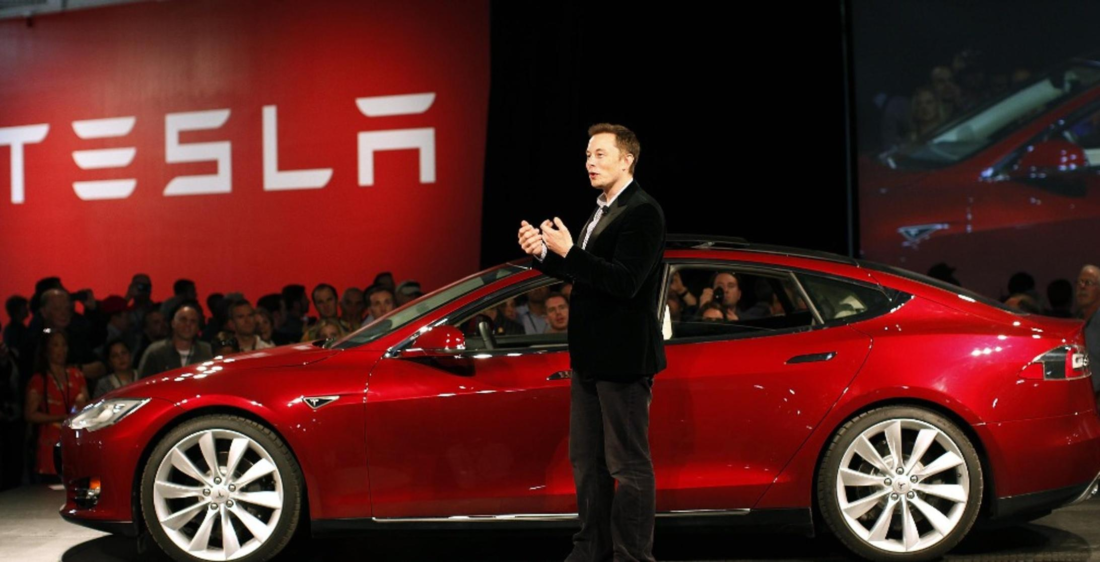Recall that Samsung was in charge of producing the FSD 3.0 chips for Tesla using their 14nm architecture. Furthermore, the EV giant is anticipated to continue using Samsung’s fabs to produce its FSD 4.0 chips, which will be manufactured on 7nm nodes. However, according to research from DigiTimes, Tesla appears to be shifting away from Samsung and toward TSMC for future chips that would depend on sub-7nm architecture. TSMC’s recent Technology Symposium, which highlighted the Taiwanese chip manufacturer’s expertise in market-leading technologies, including its 3DFabric advanced system integration service, was cited by DigiTimes as supporting evidence. Peter Bannon, Tesla’s VP of low voltage electronics, was present on the occasion. For those who are unaware, Tesla recently made a big deal out of introducing their vision-based Autopilot. The idea behind this is that the Autopilot would mirror how people make decisions while driving thanks to eight high-resolution cameras and a sophisticated neural network to understand the visual clues. However, there are signs that Tesla may add a radar to its vision-based ADAS as an additional layer of contingency in inclement weather, where cameras frequently malfunction, since regulatory scrutiny of the Autopilot system seems to have increased recently. In order to run its internal Dojo supercomputer, which the firm uses to train its Autopilot neural network using visual recordings from millions of Tesla vehicles already on the road, Tesla announced the 7nm-based D1 processor last year. At the most recent Chips 34 conference, the EV business made a significant number of Dojo supercomputer details public. In 2023, Tesla intends to construct its first Dojo exapod. To hasten the training of its Autopilot neural network, the business intends to construct a total of 7 such exapods. As both businesses wait for orders from the industry, Samsung and TSMC are now competing for market domination. Since manufacturing chips is an expensive process, corporations can easily recover their costs and turn their investments into profits by placing large order volumes.
